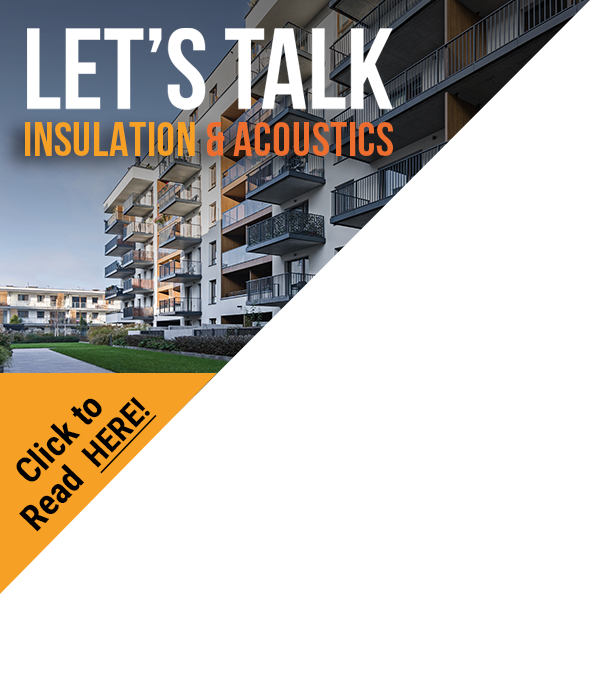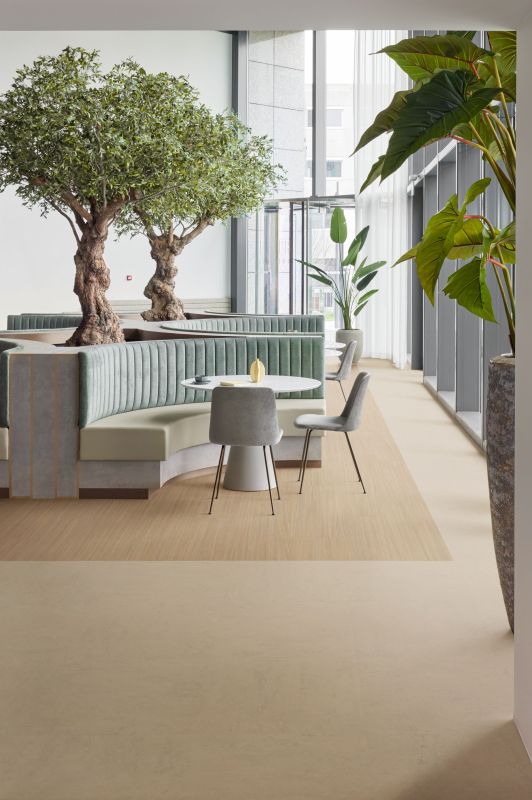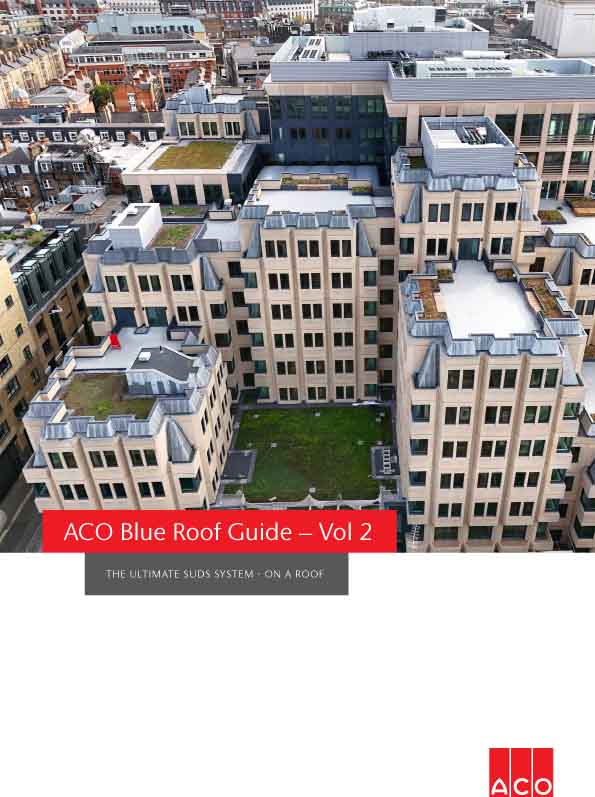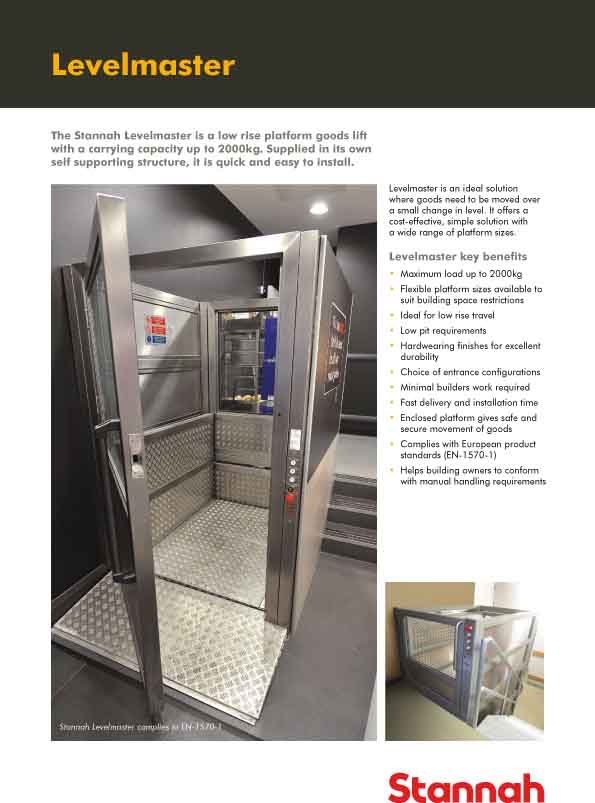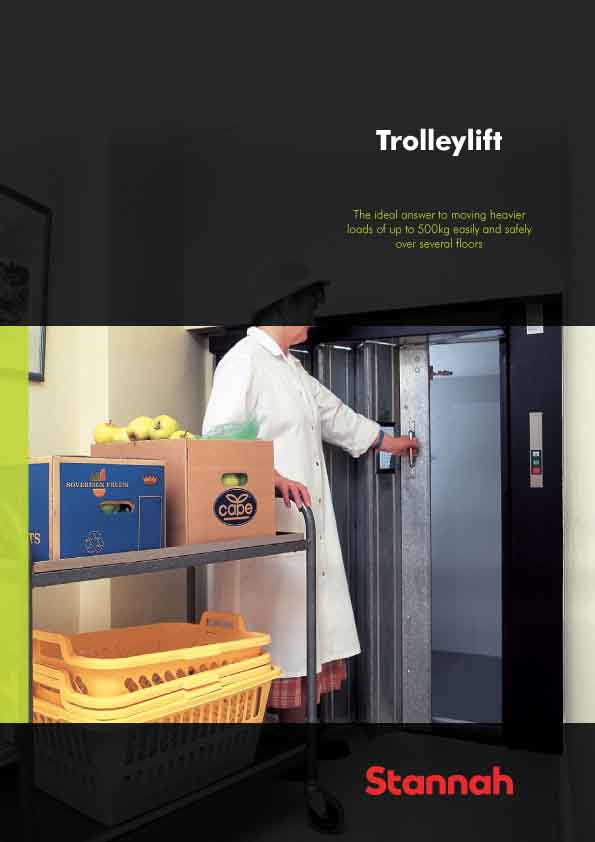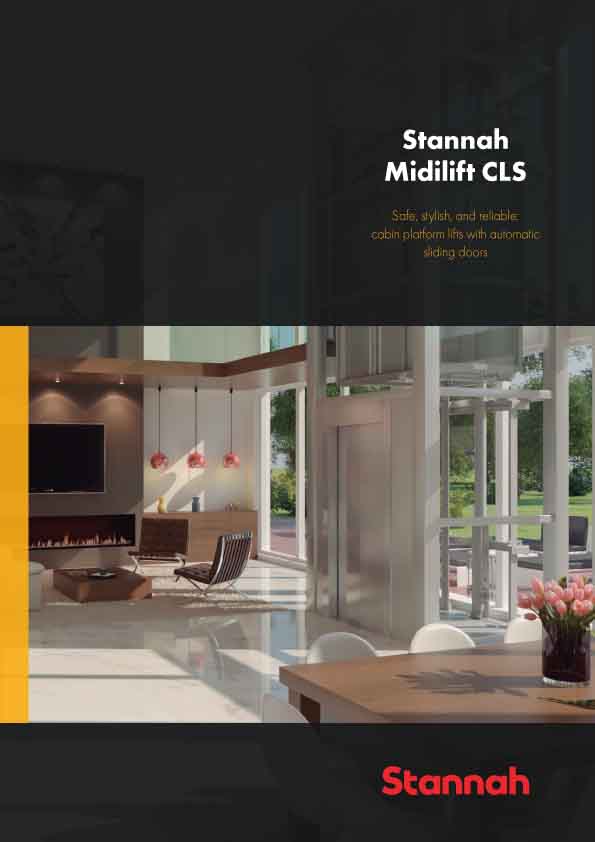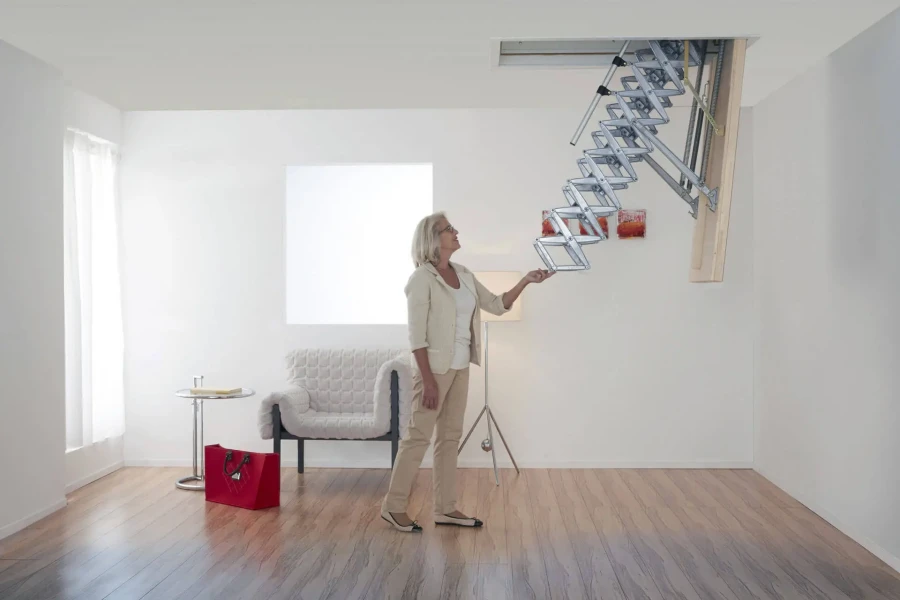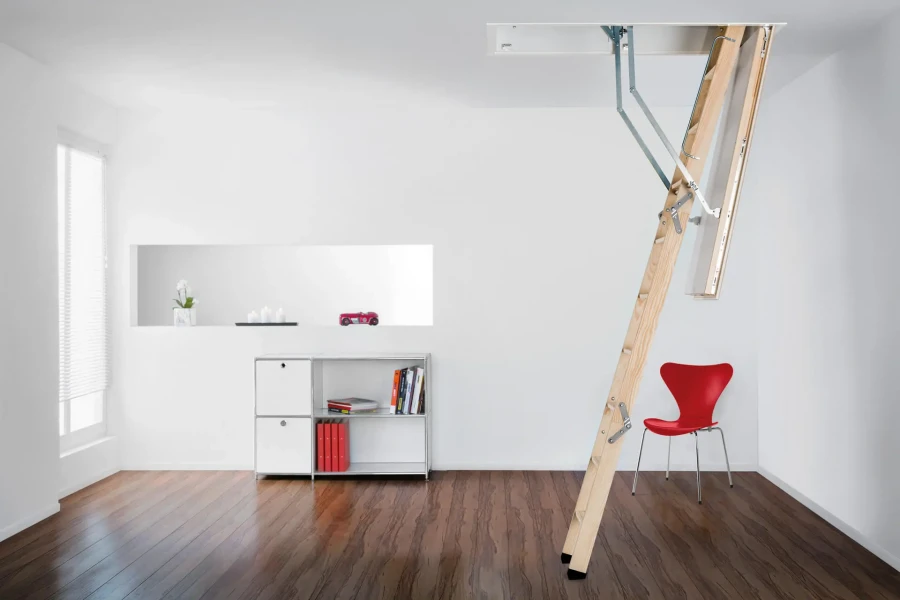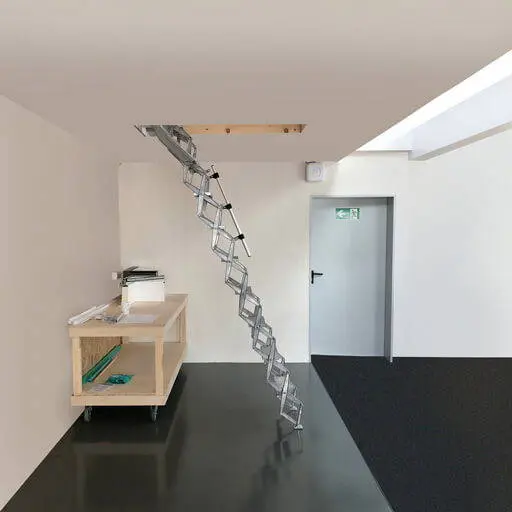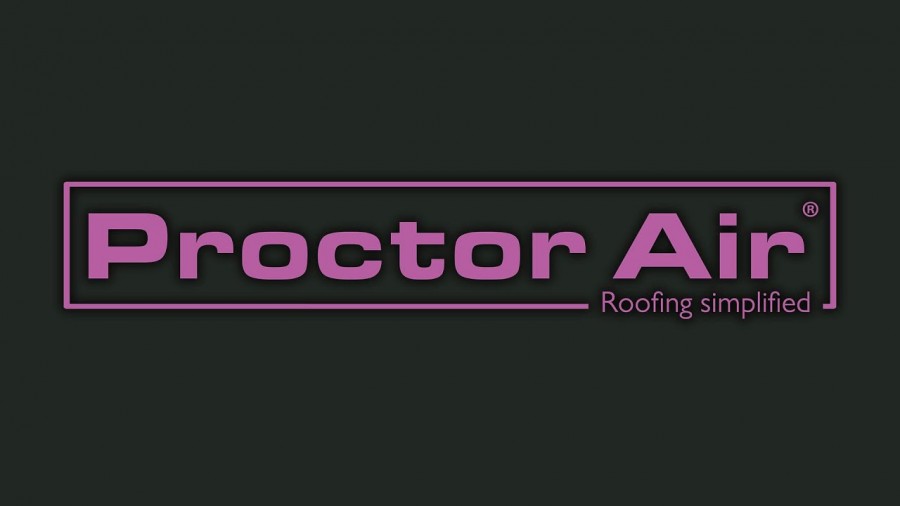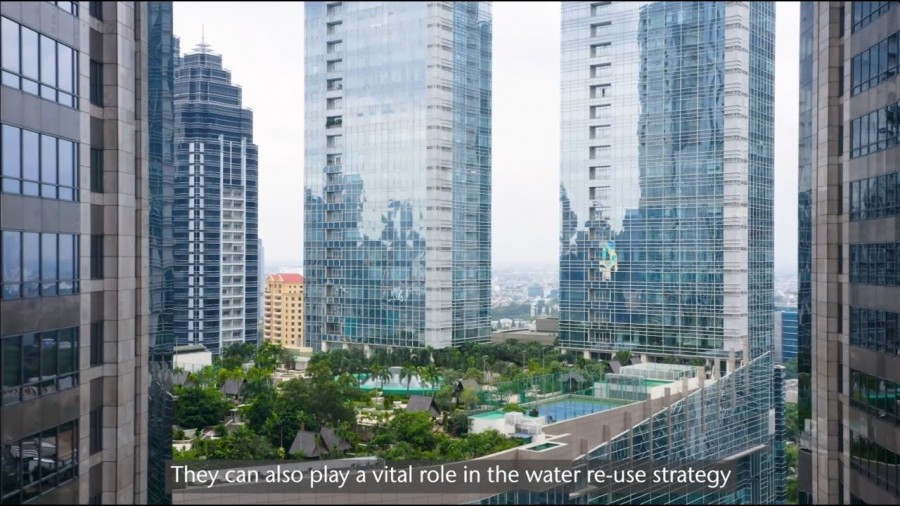A change of approach to plaster choice could help housing associations significantly cut annual maintenance bills, and help manage the impact of the legislation introduced to reduce social housing rent prices.
With housing associations having to cut rent prices by 1% a year from 2016 for a four-year period, as outlined in the 2015 budget, many have looked to offset the loss of revenue by cutting maintenance budgets during the first year of the policy.
However, given the already overstretched and ageing nature of the UK’s social housing stock, taking further resource out of an already limited budget can cause serious financial and structural problems further down the line, warns a specialist plaster provider.
Alex Wright, General Manager of Tarmac’s specialist products division, comments: “Affordable housing is a major issue in the UK, and many housing associations are finding themselves in a position where property occupancy levels are well above original intended use. While ensuring social housing properties remain affordable is essential, using maintenance budgets to take the hit may be a false economy.”

One way of making maintenance budgets go further, and ultimately removing further remedial cost in the future, is to change the type of plaster used in older properties.
Alex continues: “Given the age of much of the UK’s social hosing stock, properties are highly susceptible to damp, condensation and mould growth. While factors such as insulation and glazing have been identified as contributing factors, one essential construction element which is regularly overlooked is plaster choice.
“Due to its low purchase and installation costs, gypsum has long been the plaster of choice for housing associations. However, gypsum plaster offers poor levels of breathability as it quickly absorbs and retains moisture from the surrounding atmosphere and substrate. It is this distinct lack of breathability which makes it highly susceptible to damp and black mould growth.”
Treating the plaster is a lengthy and expensive process, with the plaster having to be removed, the walls treated with a Damp Proof Course (DPC) before waiting for it to dry – which usually happens at a rate of 25mm a month –to receive a backing plaster. Crucially, if gypsum is used again then the problems can return.
The alternative is to use lightweight renovating plaster, which is able to mitigate the potential humidity and air-flow issues faced by ageing social housing properties, by allowing moisture to pass through it, dramatically reducing the likelihood of damp occurring.
Alex continues: “Typically renovating plasters, such as Limelite from Tarmac, include a salt inhibitor which increases the retention of dissolved solids within the plaster, helping to protect the decorated finish. The result is a highly breathable plaster solution which delivers balanced moisture movement through the construction fabric. In turn, this breathability allows the substrate to dry naturally and prevents damp and mould growth.
"Crucially, renovating plaster can be retrofitted easily and dries much faster than gypsum, meaning lower levels of inoccupancy due to maintenance work.
“Ultimately, given that most housing associations are in charge of their own specification, making the change to renovating plaster could have a positive impact on whole life maintenance budgets, by putting an end to the many problems stemming from gypsum use in ageing properties.
"Rather than limiting maintenance work to offset the impact of rent reduction, incorporating renovating plaster into housing association specifications can help drive cost efficiencies and promote safe, comfortable and affordable social housing stock.”
